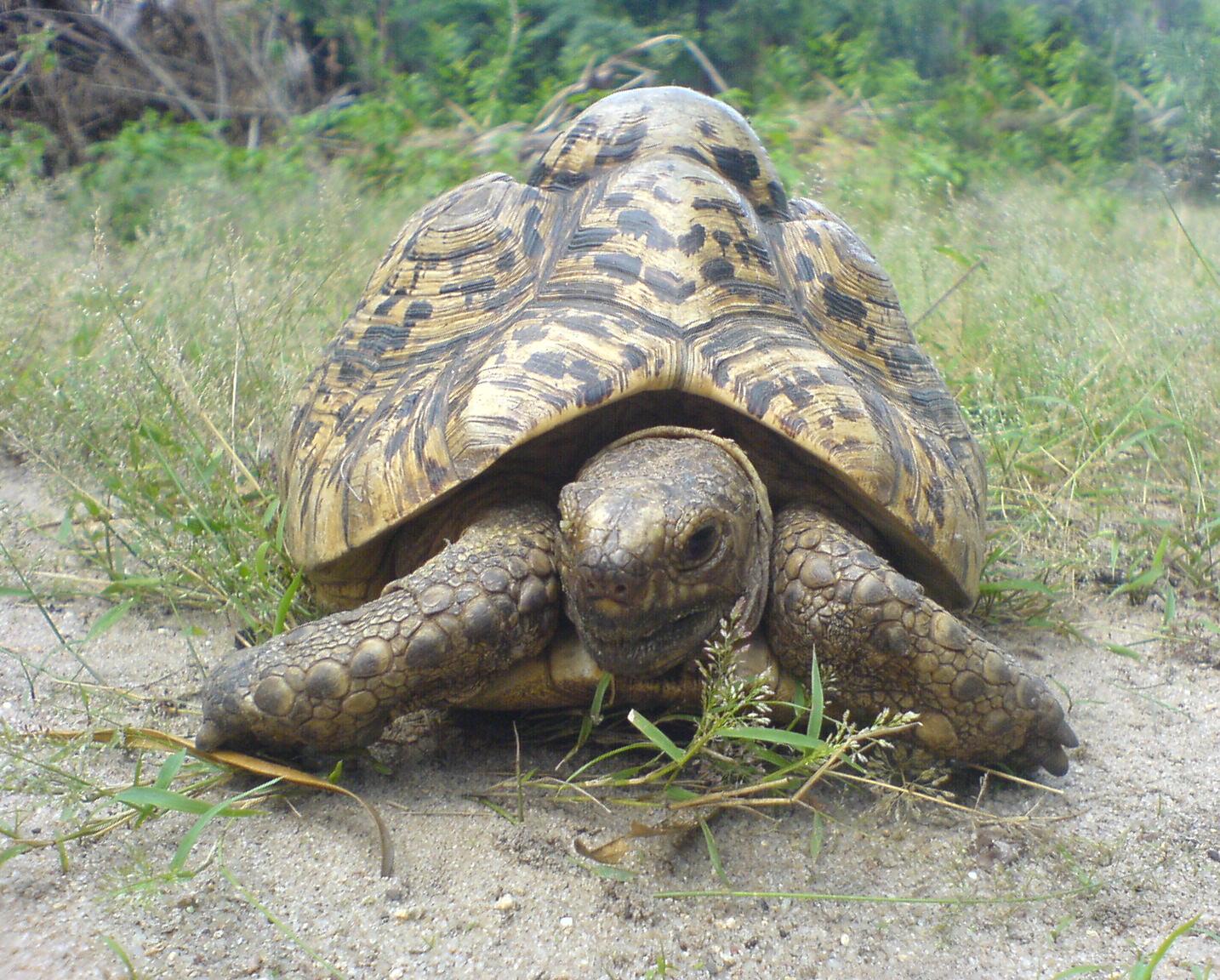This morning was notable in that (among other things) it was the first time I've been bitten by a dinosaur hard enough to draw blood.
I'll start at the beginning.
As part of my course on field ID of birds, our field excursion today was to our professor's house to mist net for birds. A mist net is a very fine-gauge nylon net that, when properly hung up and stretched taut, is nearly invisible to birds. The nets we were using were for small birds; catching the resident turkeys takes considerably more than a mist net!
Step 1: Hang up mist nets and go away for a while.
Step 2: Come back and check out the catch of the day.
 A little help here?
A little help here? The little cutie in the net there is a
tufted titmouse, henceforth a "tuftie". Tufties are related to the chickadees. They can hang upside-down from branches while foraging, they're fun to watch at feeders, and they can open sunflower seeds by hammering on them with their bills.
The next step is to disentangle the bird from the mist net. All you need to do is gently loop all the little openings in the net over the various limbs and head of the bird, coaxing it out while retaining a firm but gentle grip on it. After all, they are small and very delicate. Be gentle and it should be relatively painless.
The question is... for who?
Getting a screaming, angry tuftie out of a net is a pain in the hands. As in, the damn thing bit mine AND WOULD NOT LET GO. You know the webbed part of your hand, between your thumb and index finger? Imagine a beak that is meant for cracking hard seeds has just gotten your hand into its mouth and you cannot do a damn thing to convince it to let go. The upper bill is slightly decurved, which means that simply pulling your hand out of its mouth will cost you a piece of hand.
Now, imagine that it finally does let go, and begins using that strong, pointy beak to hammer down on the back of your thumb knuckle, which is the closest piece of flesh to its face, but there's no way of holding the bird without exposing something to it, and this is the best option. Oh, and did I mention that they can hang upside-down? That's because they have
very strong feet with
very sharp claws. And the thing is... if you let go of the bird for a second, they have a tendency to get themselves more caught up in the net than before, prolonging the time the two of you get to spend together. Also they're noisy little critters, and they don't stop yammering the entire time they're biting you.
So your best option, really, is to swear like
Calamity Jane on a bad day, adjust your grip, and remember that you weigh approximately 2600 times as much as it does.
Was it worth it? Look at this photo -- that's my hand!!
 Deceptively cute!
Deceptively cute! It's just like they always say, a bird in hand is worth being pecked and bitten! (Something like that anyway.)
The other birds we banded were not *nearly* so quarrelsome as the tufties. We had a total of two
robins, three tufties, and four or five
white-throated sparrows.
 Untangling a sparrow.
Untangling a sparrow. Once you have the bird in hand, it does actually get pretty easy. Even the angry little tufties calm down a good bit when they're out of the net and in your hand. The next step is, naturally, to actually band the bird. You pry open a tiny aluminum ring, record the number on it, and close it again so that it just hangs on the leg of the bird.
 Haha, we've got you now!
Haha, we've got you now! After you've banded the bird, you let it go. It's that easy. If we were doing a study of bird diseases, bird health, or anything like that, we might take a blood sample, weigh the bird, take a few measurements, etc., but today was just a banding day.
 Nice sparrow picture.
Nice sparrow picture.
 Sparrow showing off his leg band.
Sparrow showing off his leg band. One of the robins after banding.
One of the robins after banding. The way we released the birds was by holding them on their backs and slowly opening our fingers. Some of them fly off almost immediately, but not all... occasionally they need to "take a moment" before getting back to what they were doing before they got all tangled up. Watch in this video as Jay releases a bird! (
Don't bother adjusting your speakers; there isn't any sound. My camera only takes silent movies. Just imagine the sound of wings flapping.)
So, aside from the fact that my knuckle still hurts, this morning was amazing. Birds are so tiny -- sometimes we forget how little there is under all the feathers. Feeling their hearts beating in your hand is amazing. They're so fragile and so beautiful. And yet despite their size they will stand up to you and let you know exactly how they feel about being deceived, ensnared, and manhandled. Marvelous little creatures.
PS: Don't believe me that I was bitten by a dinosaur? Read this... geneticists have finally agreed with what we've already known for a while!
























